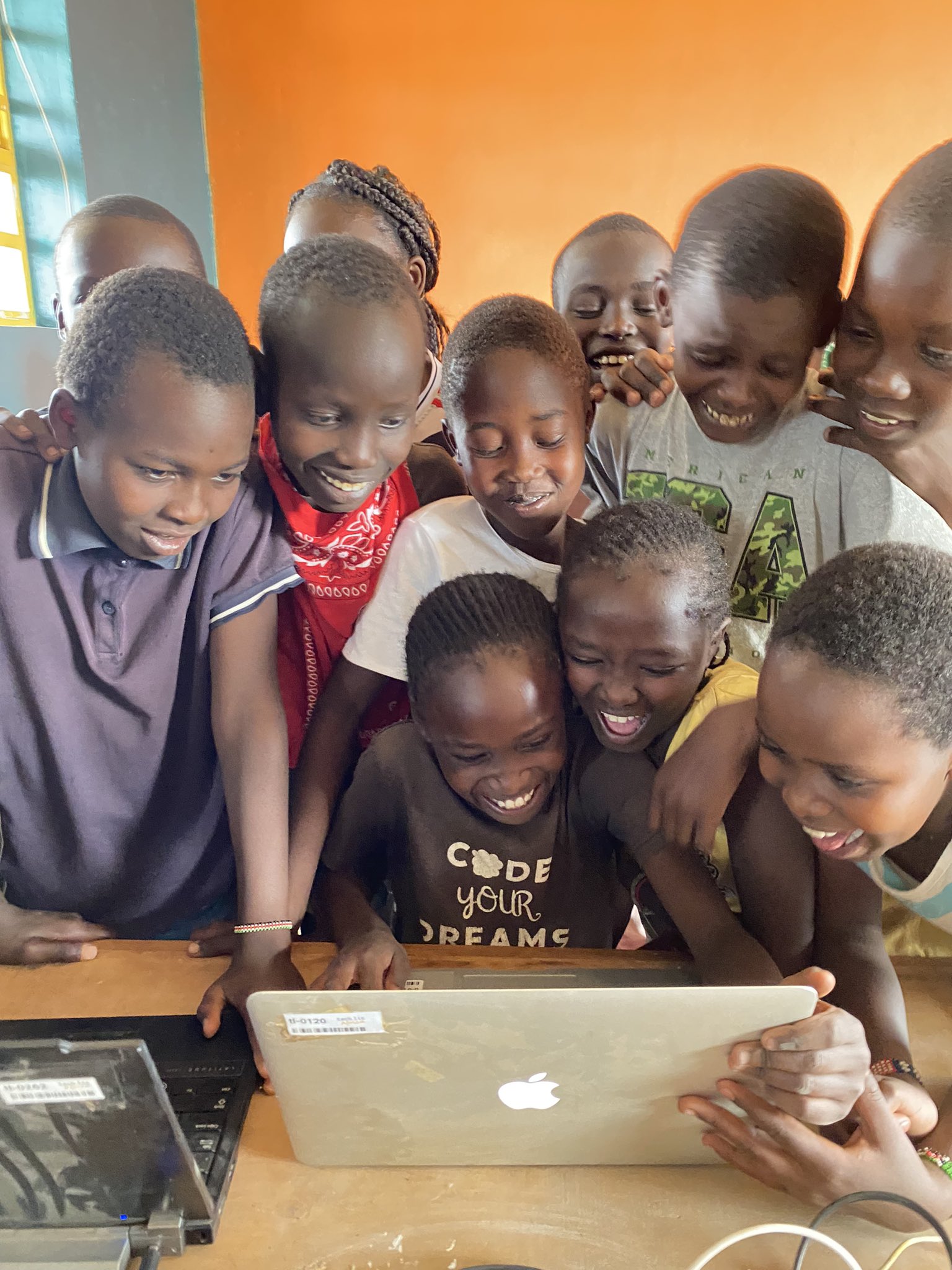TechLit Africa, a non-profit organization based in Kenya, collaborated with NASA interns at the Glenn Research Center in Cleveland to provide virtual lessons to students in Mogotio, Kenya. The internship program allowed for the sharing of knowledge on robot simulation, artificial intelligence, and drawing and modeling applications without the need for travel thousands of miles.
NASA outreach events are designed to inspire children from diverse backgrounds to pursue careers in engineering and contribute to something bigger than themselves. Marc Frances, an extended reality developer and former NASA intern, expressed his gratitude for being part of such an impactful initiative.
The partnership between NASA interns and TechLit Africa was facilitated by Herb Schilling, a computer scientist at Glenn Research Center who met Nelly Cheboi, CEO of TechLit Africa during a virtual event in 2020. Schilling was inspired by Cheboi’s work with students in Kenya and encouraged the interns to share their expertise and engage in teaching opportunities to make a positive impact.
During the collaboration, the interns guided Cheboi’s students in designing and animating a rocket for a virtual space launch using a beginner-level coding application. The experience was both rewarding and insightful for both parties, leading Cheboi and her partner Tyler Cinnamon to visit Glenn Research Center to learn more about NASA and meet Schilling in person.
Cheboi has been recognized as CNN’s 2022 Hero of the Year for her work with students in Kenya. She emphasized the importance of exposure and opportunity in shaping the future of students. The virtual lessons had a significant impact on Kenyan students, highlighting the significance of creating a supportive environment for children to explore and pursue their interests. To learn more about engaging with NASA and inspiring the next generation, visit the NASA Engages webpage.


